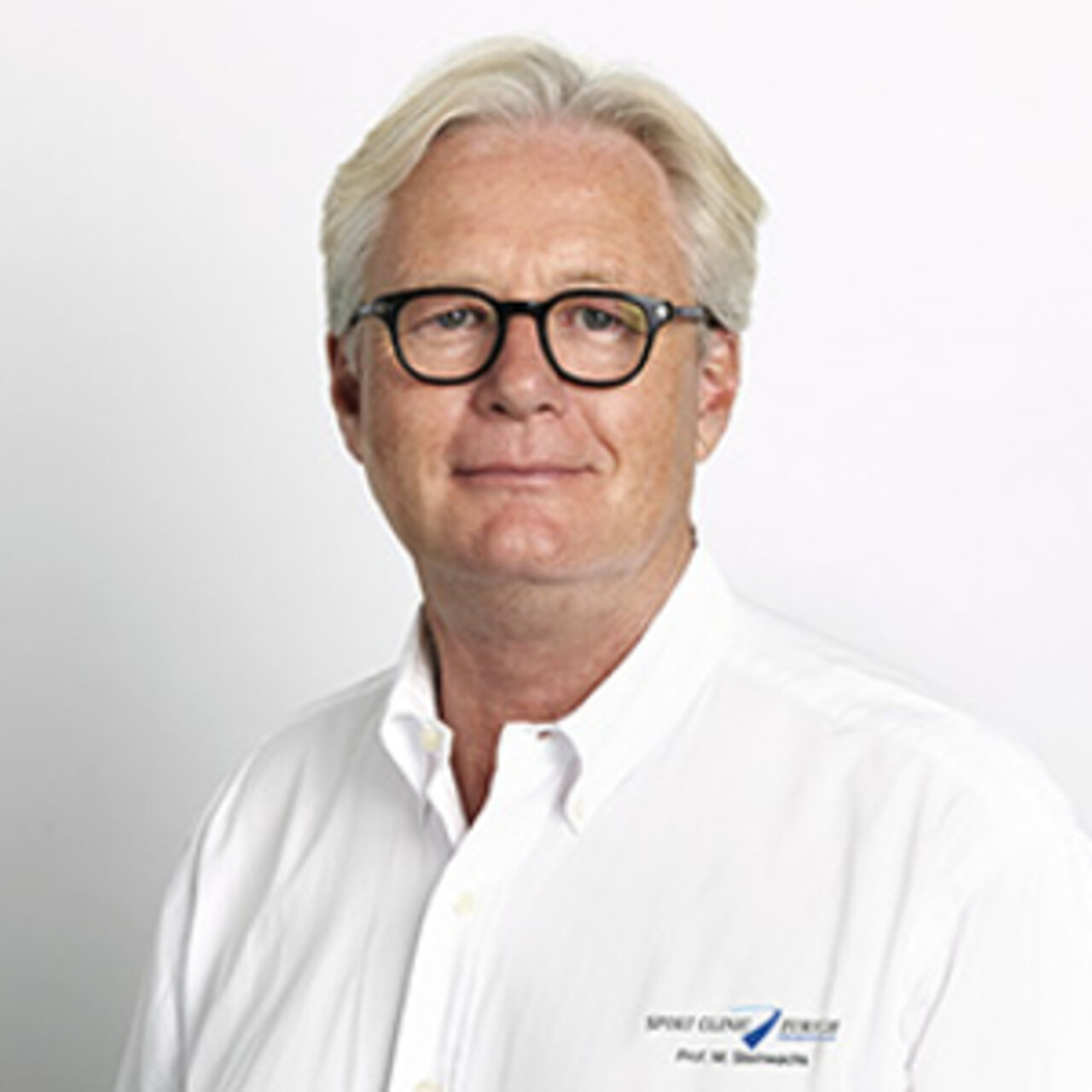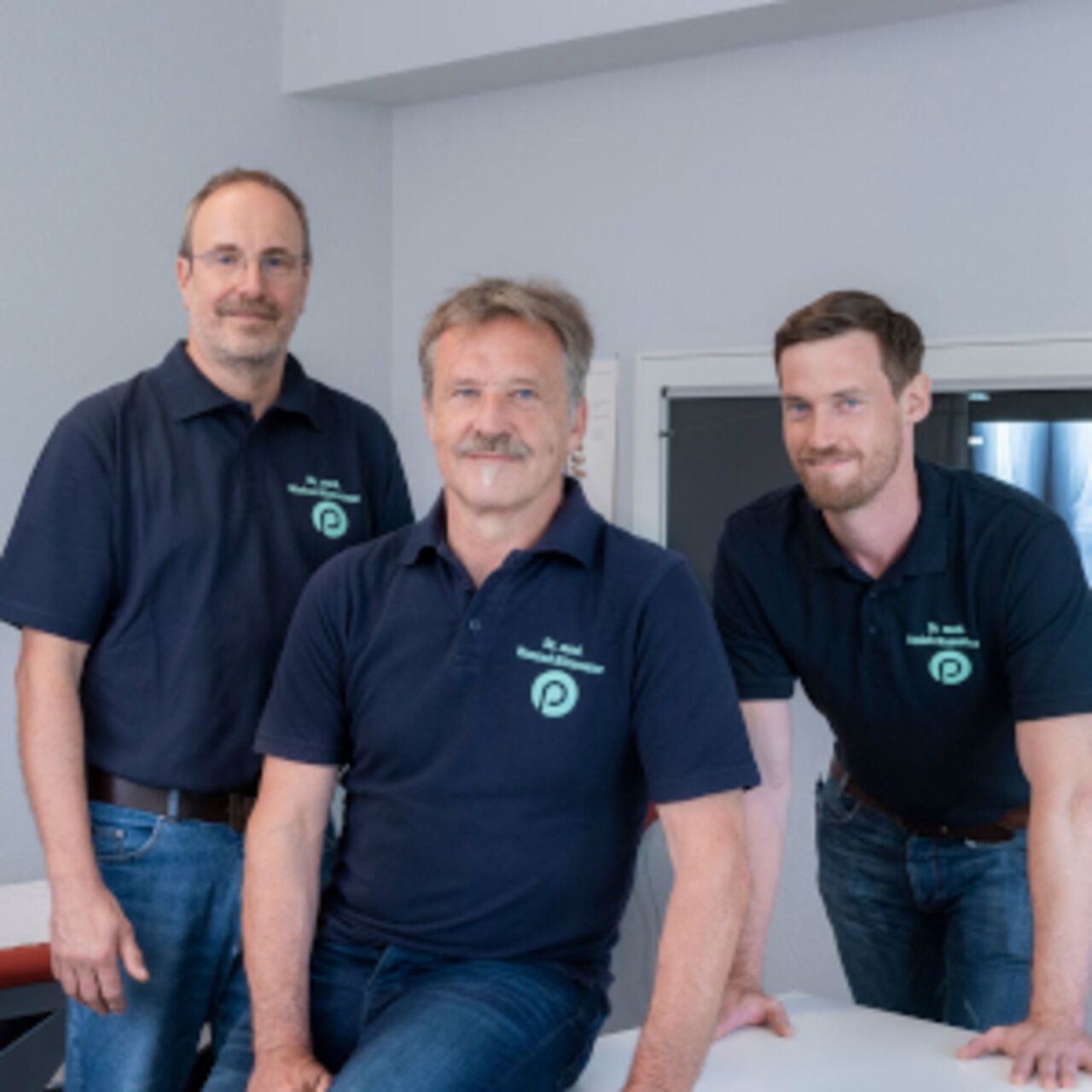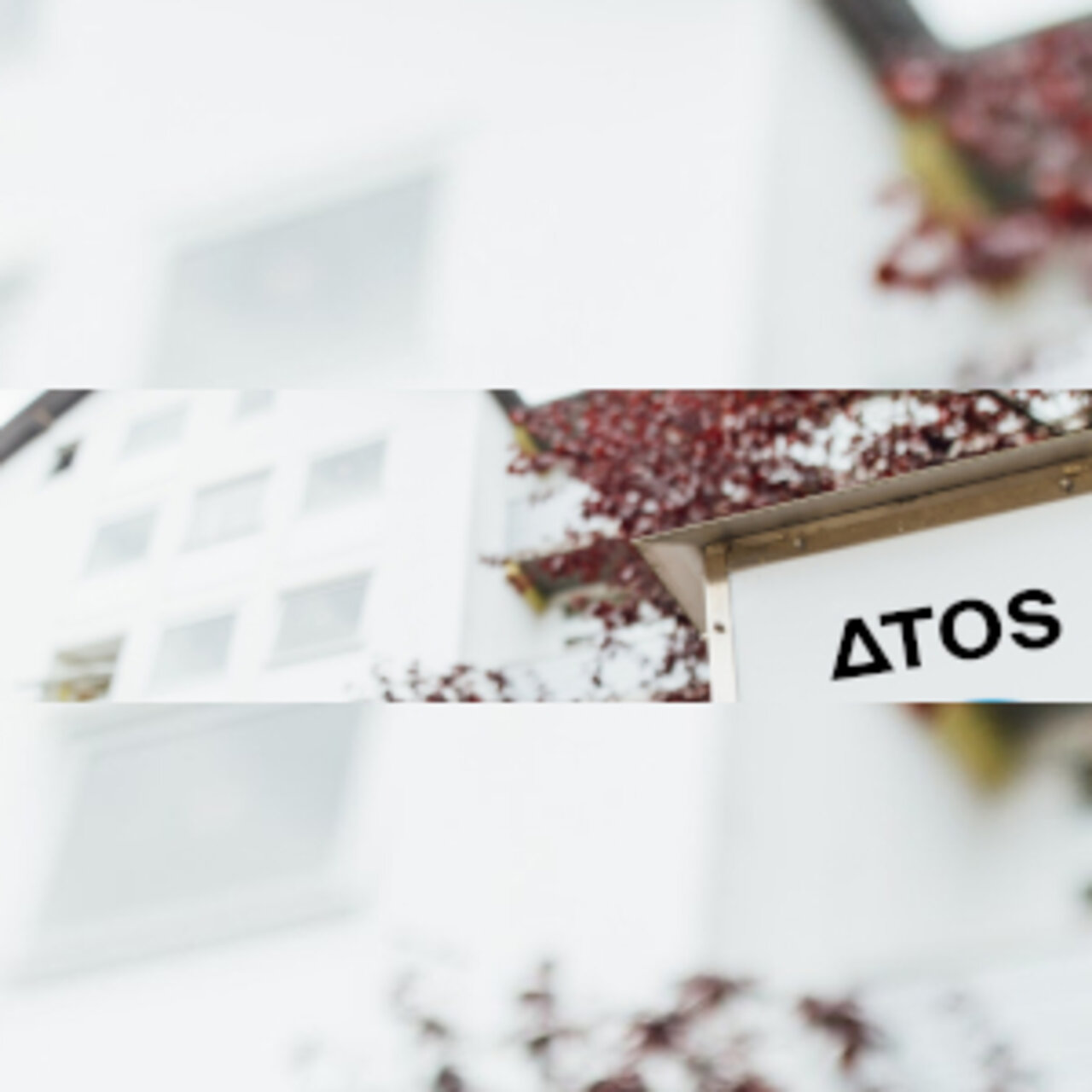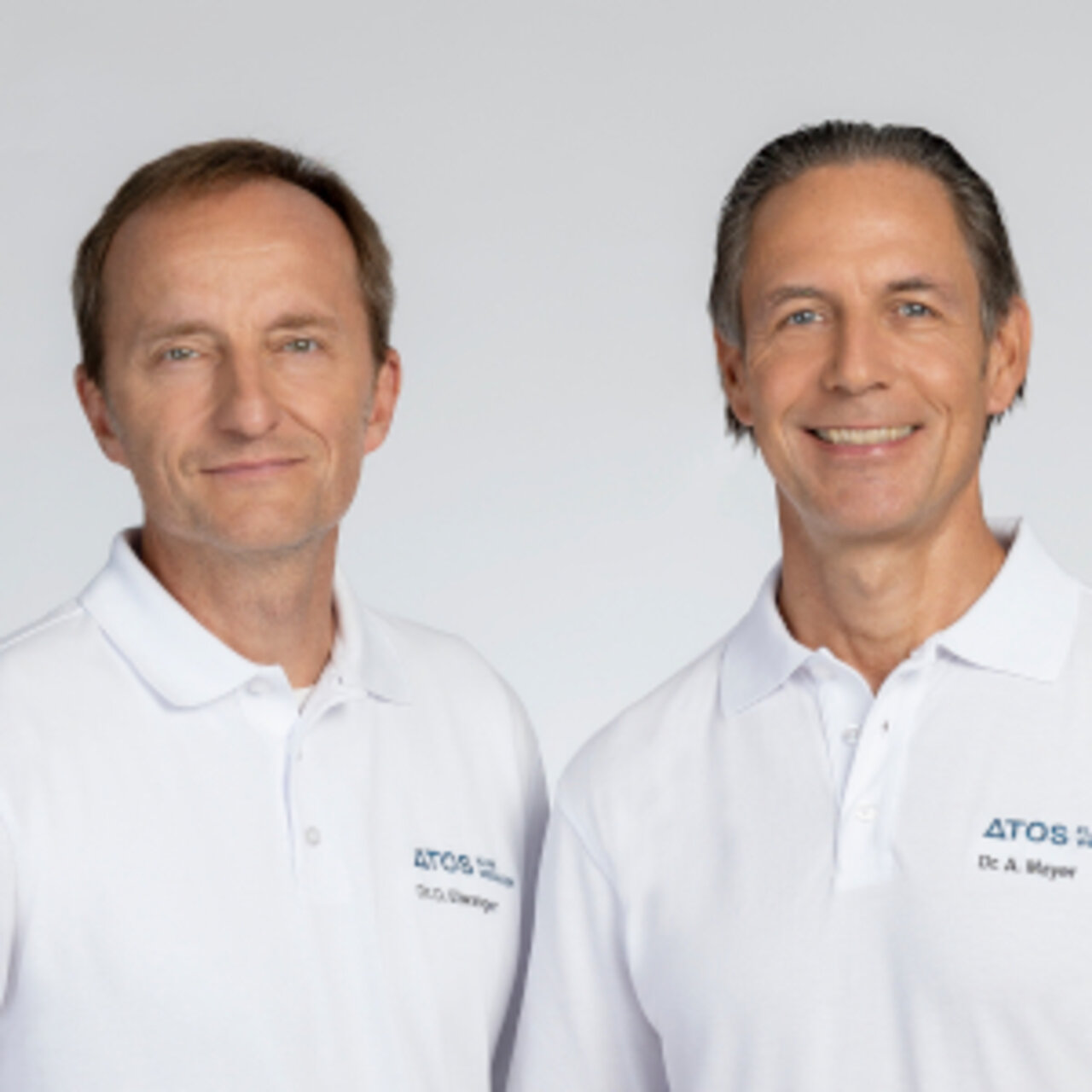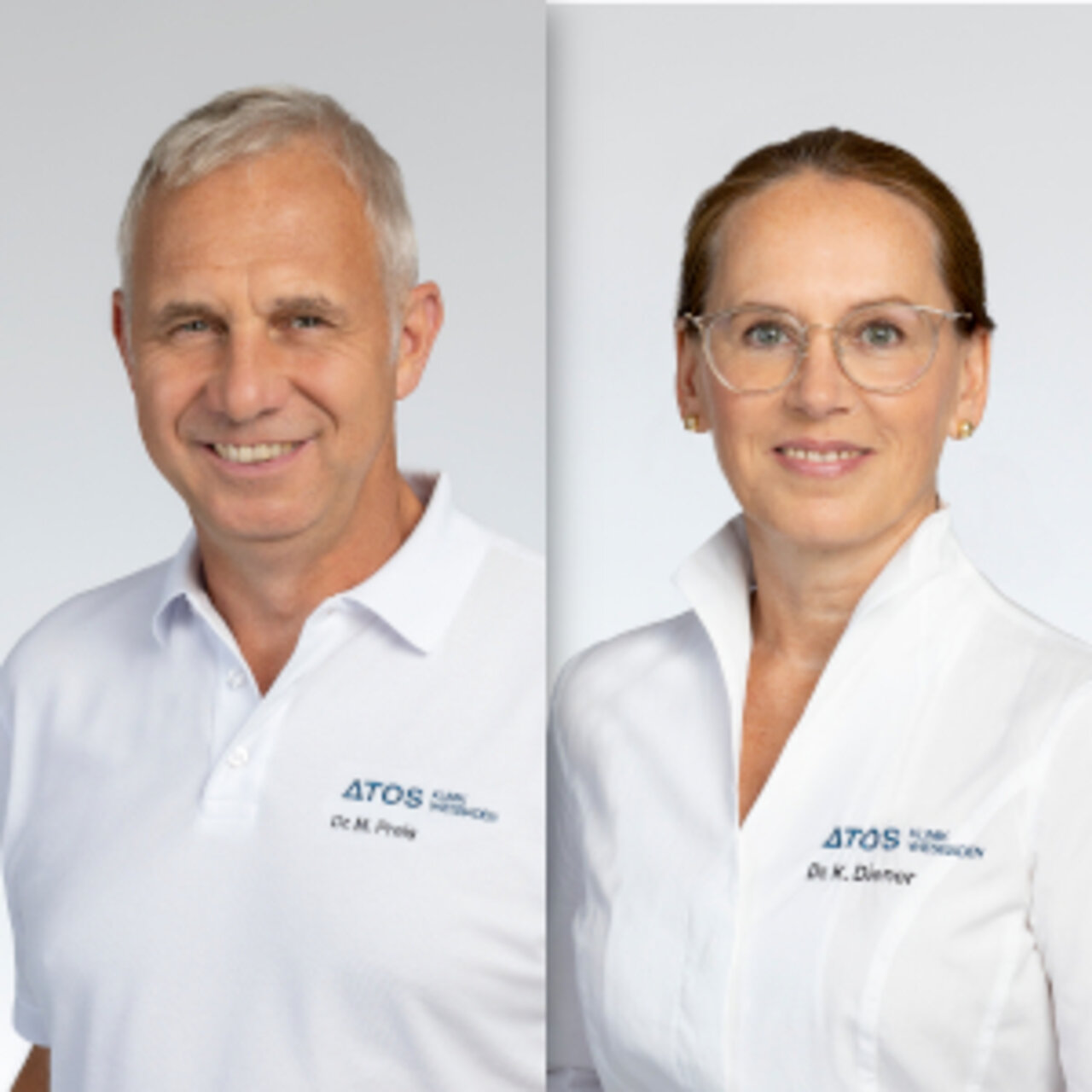Specialists in Knee Arthroscopy
16 Specialists found
Information About the Field of Knee Arthroscopy
What is Knee Arthroscopy?
Knee arthroscopy is the examination of the knee joint with a probe equipped with a camera and light, enabling the treating physician to examine the cartilage, bones, ligaments, and surrounding tissue in detail. Today, many knee surgeries can also be carried out using knee endoscopy.
During this examination, a so-called arthroscope, a rather thin tube with a camera, is inserted into the knee's joint cavity. Besides, suction and irrigation systems of the arthroscope offer an even better examination. The doctor also can treat any damage directly during arthroscopy using additional tubes inserted at other points. Knee arthroscopy is useful for traumatic incidents affecting the knee, such as tendon rupture, meniscus rupture, cruciate ligament rupture, or osteoarthritis.
When is Knee Arthroscopy Useful?
Usually, knee arthroscopy is carried out to diagnose and treat degenerative diseases and injuries. Among other things, the following findings can also be a reason for knee arthroscopy:
- Osteoarthritis of the knee joint
- Inflammation of the joint mucosa
- Cruciate ligament injuries
- Meniscus Damage
- Scarred tissue due to trauma
- Exposed loose joint bodies and cartilage damage
How is Knee Arthroscopy Carried Out?
The doctor reviews the patient's medical history before carrying out the knee arthroscopy. He records the medical history and informs the patient about all possible benefits and risks of this procedure. A blood count can provide information about possible complications before the examination. Besides, the doctor usually gives an anticoagulant drug, heparin, as a prophylactic measure to prevent possible blood clots and thrombi in the leg veins.
Even before the arthroscopy, the doctor can use imaging techniques such as MRIs, CTs, or X-rays to gain a first insight into what he might encounter during the arthroscopy. In this way, joint damage can also be assessed in advance. The area where arthroscopy is used is disinfected and depilated before the procedure. As an anesthetic method, the doctor can either use general anesthesia or choose spinal anesthesia. The anesthetic is injected directly into the lower spinal cord area, thus anesthetizing everything below the spinal cord. The patient is conscious and does not sleep as he would under general anesthesia.
Before the tubes are finally inserted, a tourniquet is applied. It works like a blood pressure device: an inflatable cuff is placed around the thigh and inflates it. This cuff causes an increase in pressure that is far higher than the systolic blood pressure so that the result is a certain amount of bloodlessness in the surgical area and results in much less bleeding.
Once these precautions have been taken, the doctor inserts the arthroscope into the joint cavity through a small punctiform incision ("keyhole surgery"). Sterile saline solution can also be used to improve the doctor’s vision. Then more tubes and instruments can be inserted through further small incisions, and the doctor can check ligaments, tendons, and cartilage for functionality and health.
Once the examination or surgery is complete, the instruments are removed, and small drainage tubes (ReDon drains) are placed to drain off the blood that flows after the surgery. Finally, the small incisions are sutured and compressed with a dressing to prevent infection and secondary bleeding.
Advantages of Arthroscopic Knee Surgery
In the case of meniscus damage, the doctor can mill away the injured parts directly with special instruments and spare the healthy parts. If there is a torn cruciate ligament, these often have to be replaced by the body's tendons from the thigh or patella. This surgical technique is gaining more access as a routine procedure and is generally referred to as minimally invasive surgery. It has many advantages; for example, it reduces the risk of infection after surgery and is also much less stressful for the patient than open surgery.
Possible Complications During Knee Arthroscopy
In general, examination and surgery by arthroscopy is a very low-risk and safe variant of surgery. Nevertheless, surrounding structures and tissue, as well as nerves and vessels, can be injured. The patient is informed in advance that these risks exist despite a low probability. Furthermore, general complications such as infections, postoperative bleeding, hematomas, thromboses, allergies to the anesthetic, or wound healing disorders can also occur.
Special Precautions After Knee Arthroscopy
Depending on how old and healthy the patient is, the examination can be carried out either in an outpatient or inpatient setting. Nevertheless, the doctors recommend that patients stay in the hospital for two to three days until the drains can be removed. Immediately after the endoscopy, the leg in question should be spared for the time being to strengthen it in the course of physiotherapy and restore its function. It usually takes four to six weeks, depending on the type and extent of the procedure, until full resilience is restored after a knee joint arthroscopy.
Which Doctors and Hospitals are Specialists in Knee Arthroscopy?
Every patient who needs a doctor wants the best medical care. Therefore, the patient is wondering where to find the best clinic. As this question cannot be answered objectively, and a reliable doctor would never claim to be the best one, we can only rely on a doctor's experience.
We help you to find an expert for your illness. All listed doctors and clinics have been checked by us for their outstanding specialization in knee arthroscopy and are awaiting your inquiry or treatment request.
Author:
PRIMO MEDICO Editorial Office | Created on 11 June 2017 | Last updated on 27 February 2020
Sources:
Kniechirurgie: Rixen, Schoepp, Tingart; 1. Auflg. 2017 Elsevier
